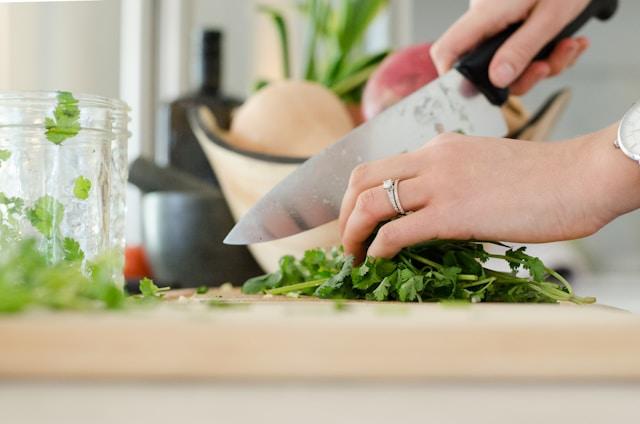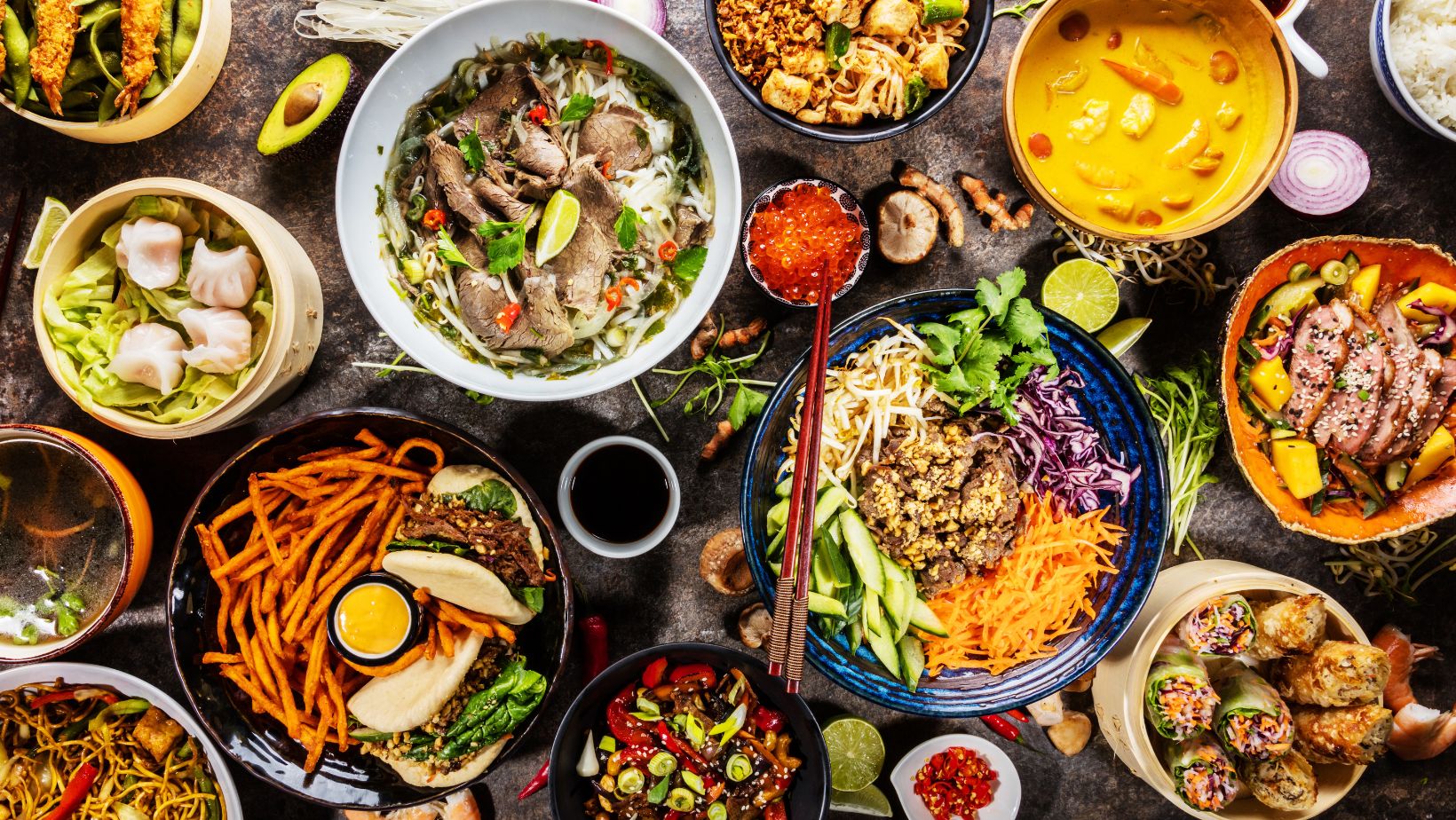The Home Chef’s Guide to Meal Prep: Save Time and Eat Healthier

In the hustle and bustle of modern life, finding time to prepare healthy meals can be a challenge. However, with a bit of planning and the right strategies, it’s possible to enjoy homemade meals that are both nutritious and time-saving.
Meal prepping, the practice of preparing and cooking meals in advance, has become a lifeline for busy individuals looking to maintain a healthy diet amidst a hectic schedule. This guide is designed to help you master the art of meal prep, ensuring that you save time while eating healthier.
Embracing Technology for Efficiency
In the realm of meal prep, embracing modern technology can significantly enhance your efficiency in the kitchen.
Consider how kitchen gadgets like slow cookers, pressure cookers, and blenders can save time and energy, allowing you to prepare meals more efficiently. And if you want to save even more energy, consider using solar generators to harness the power of the sun and reduce your environmental impact.
Planning Your Meals
The cornerstone of successful meal prep is planning. Start by choosing recipes for the week that are both healthy and enjoyable. Consider the balance of nutrients in each meal and strive for a variety that will keep you engaged and satisfied.
Create a shopping list based on these recipes to ensure you have all the necessary ingredients on hand, reducing the need for last-minute grocery runs.
Batch Cooking and Portion Control
Batch cooking is your best friend when it comes to meal prepping. By cooking large quantities of a dish at once, you can save time and energy. Once cooked, divide the meals into portions based on your dietary needs.
This not only helps with portion control but also makes it easy to grab a meal from the fridge or freezer, heat it up, and enjoy it without the fuss of cooking from scratch.
Smart Storage Solutions
Proper storage is key to keeping your prepped meals fresh and tasty. Invest in high-quality, airtight containers that can go from freezer to microwave or oven.
Labeling containers with the contents and date ensures that you use them while they’re still at their best. Glass containers are a great eco-friendly option that doesn’t retain flavors or smells.
Mixing Fresh and Prepped
While meal prepping often focuses on cooking in advance, incorporating fresh elements can elevate your meals. Plan to add fresh, quick-to-prepare sides like salads or steamed vegetables to your prepped main courses.
This approach keeps meals exciting and ensures you’re getting a range of nutrients.
Efficient Use of Ingredients
To maximize efficiency and minimize waste, plan your meals around a set of core ingredients. This can reduce the number of different items you need to buy and store.
For instance, a roasted chicken can serve as the protein in several meals throughout the week, from salads to wraps to soups.
Seasonal and Local Eating
Incorporating seasonal and local produce into your meal prep is not only environmentally friendly but also offers the benefit of fresher, more flavorful ingredients.
Seasonal produce is often more affordable and nutrient-dense, enhancing the health benefits of your meals.
Embarking on a Journey of Flavor and Health
Remember that meal prepping is a journey that offers endless opportunities for creativity and personalization. By applying these principles, you can transform your eating habits, enjoying healthier, homemade meals that fit seamlessly into your lifestyle.




